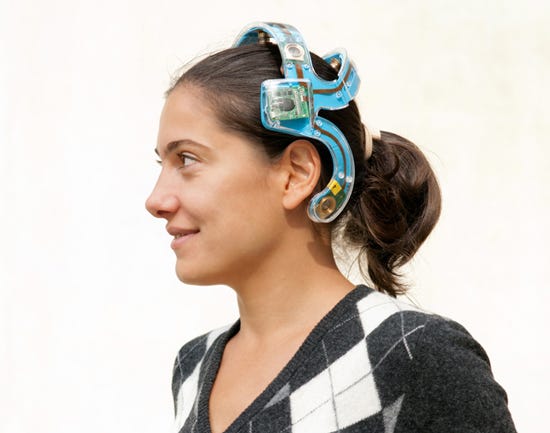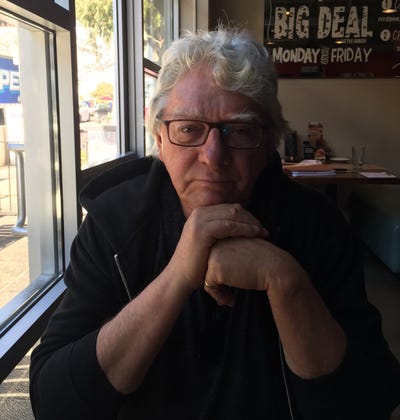Slideshow: The birth of cool wearable medical devices, part two
It may look like a telepathy device from a cheesy 1950s science fiction movie—which is part of the reason we think it's so cool—but this prototype wearable EEG monitor has some serious clinical cred.
March 7, 2014
Developed by Belgium's research institute imec, Dutch R&D powerhouse Holst Center, and Panasonic, the system combines ease-of-use with ultra-low power electronics. EEG data are transmitted in real time to a receiver located up to 10 m from the system. The realization of this prototype is a next step towards reliable high-quality wearable EEG monitoring systems, according to the researchers.
The eight-channel wireless headset shown here is designed to diagnose epilepsy and help with attention deficit hyperactivity disorder (ADHD).
Click here to go to the next slide.
Prototype EEG headset |
|
About the Author(s)
You May Also Like





